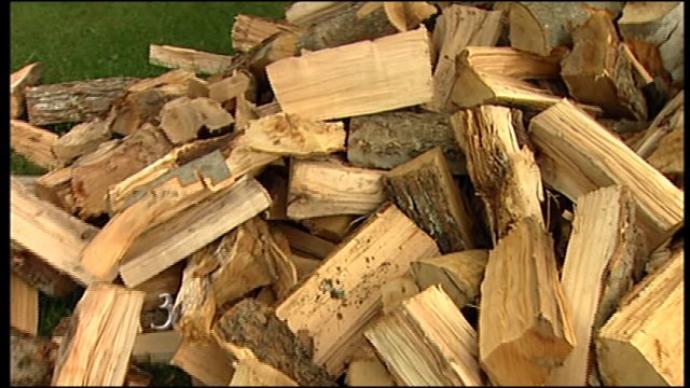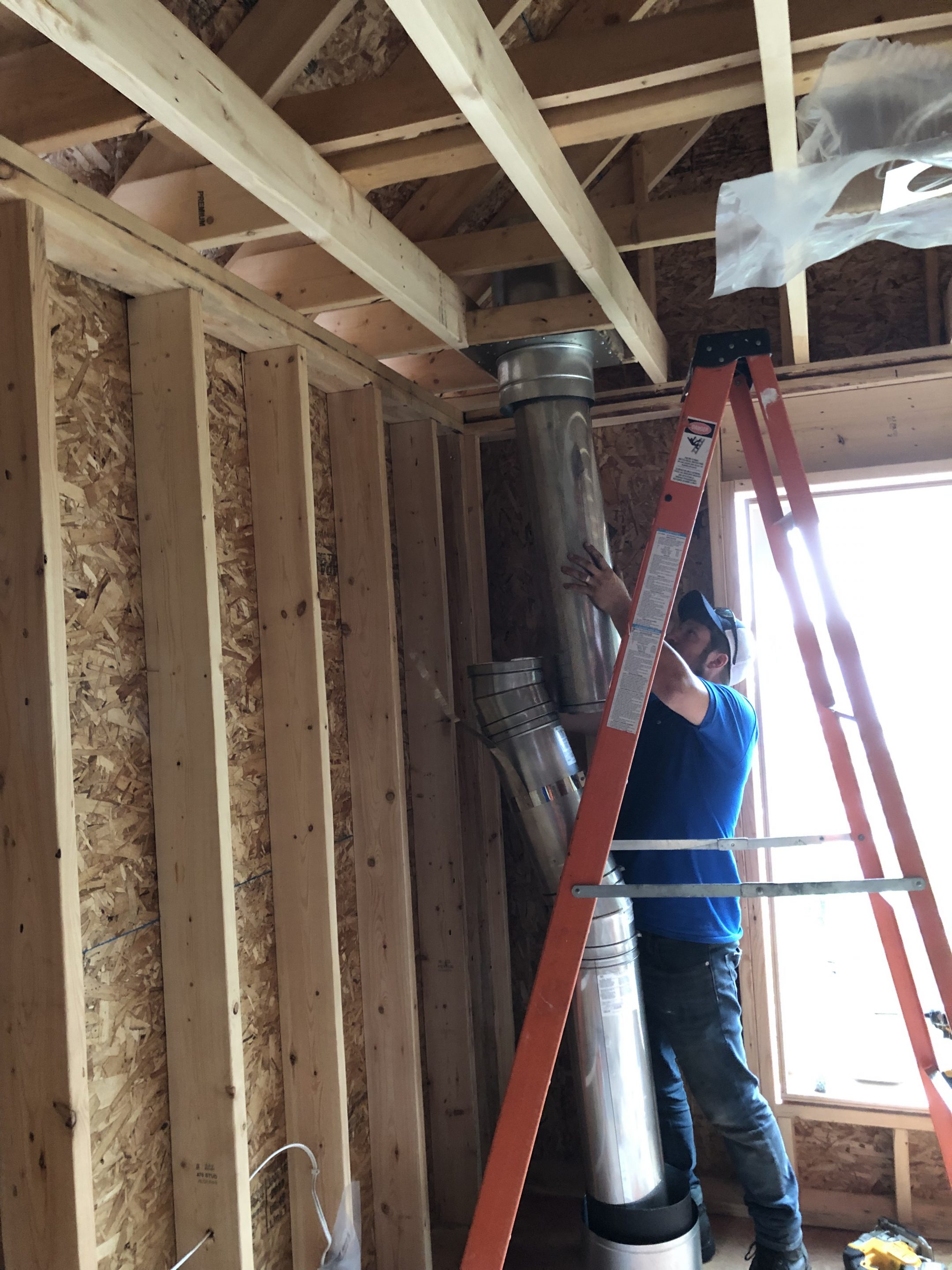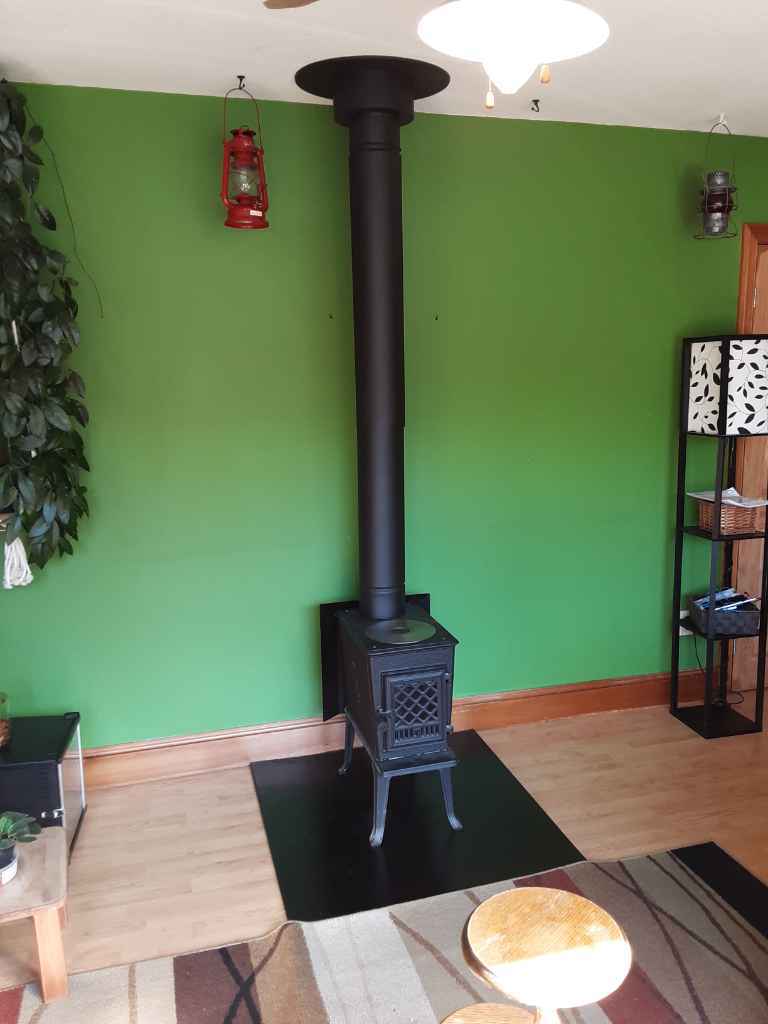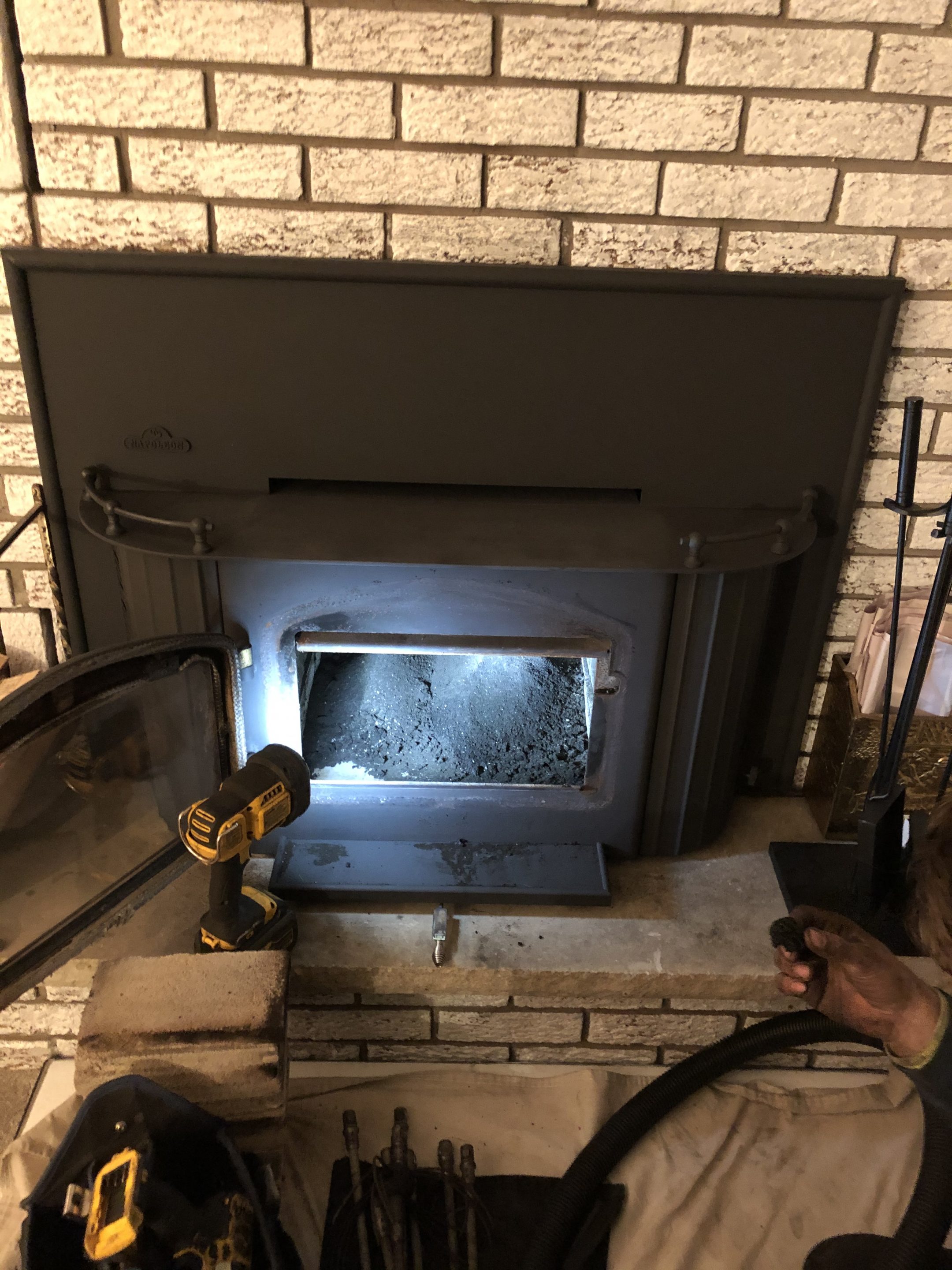



It is true that the EPA does consider burning wood bio-mass as being carbon neutral and as a green energy source.
However it is a bit more complex than a simple statement.
Reality is that biomass is only sustainable on longer time periods.
Trees and forest are biomass and is carbon neutral as they absorb carbon as they grow, essentially carbon sinks. The tree grows, absorbs carbon and burning it releases it back into the air equal to the tree decaying. Actually that part is 100% correct and accurate, but it is not perfect. Trees to take a while to grow and we burn it far faster than natural decay.
To be really carbon neutral we need to properly manage our forests.
Ontario has forest managements plans, where trees are selected by a Certified Tree Marker and then selected trees are cut and only those trees. This allows the forest to mature and prosper better and removes the weak, dead, dying, very old and undesirable trees. There are occasionally healthy solid trees also removed, but only as they are competing with other solid and desirable trees, and none will be able to grow properly if all are left. This is not something that an average homeowner or farmer can generally do properly and is why the MNR has the Tree Markers available. Property owners get municipal land tax reductions when they properly manage their forests so there is a financial incentive as well.
Some carbon is produced by other sources. It is not 100% a free ride as the chain saws, skidders, trucks all do produce some carbon by burning fossil fuel. However it is still far lower than heating with fossil fuel, and while this may mean it is not technically 100% carbon neutral it is far closer than many other fuel sources.
However you also need a stove that is efficient.
Old stoves may have charm. But the fact is they are not nearly as efficient and clean in their burn as the newer models. To really benefit and enjoy clean burning you do need a relatively new stove – or at least one in the past couple of decades. Our WETT Certified System Advisor can help.
The stove and chimney all need to be a system.
The chimney and stove pipes are also important as they help with good draft and a clean burn. Fact is that masonry chimneys will never be as clean, although a liner in them can help a lot. The best is high quality insulated factory built chimney such as ICC EXCELL which is perhaps the best chimney on the market. Our WETT Certified Advanced Technician can install this for you.
Your insurance will likely need an inspection and report.
They may ask for a WETT Certificate, there actually is no such thing. The WETT Inspector is Certified – and we have a WETT Certified Comprehensive Inspector. What you do get is a Level 2 or Level 3 inspection and WETT Report. Note: it is mandatory to have a Level 2 inspection as minimal for a wood stove or chimney installation.
Don’t forget the annual chimney cleaning.
Don’t forget to call our WETT Certified Advanced Chimney Sweep to help with the annual cleaning. Even the best system and best wood will and does create creosote. Good factory built chimneys do produce less and burn cleaner, but creosote is a natural condensation of flue gases and is simple physics – nothing more. All systems create creosote and burning a hot fire does not eliminate it, CSL logs do not eliminate it, burning potato skins or pop cans does not remove it. There are things that can help to reduce the amount of build up, but it will still occur and only a proper cleaning will remove it.
